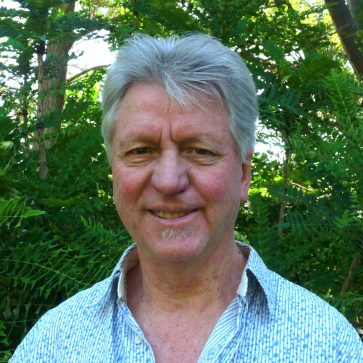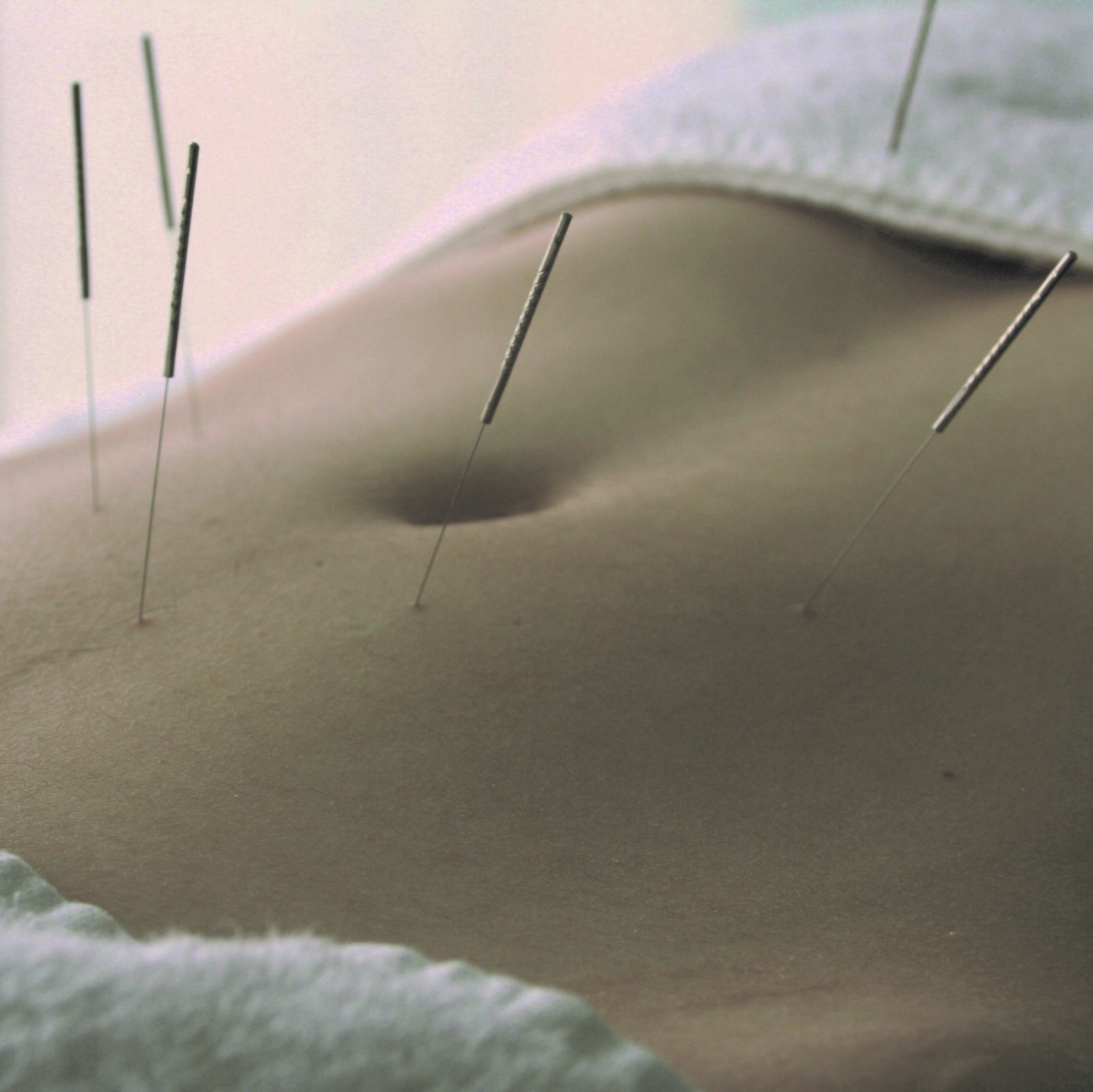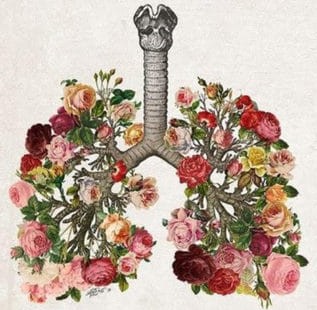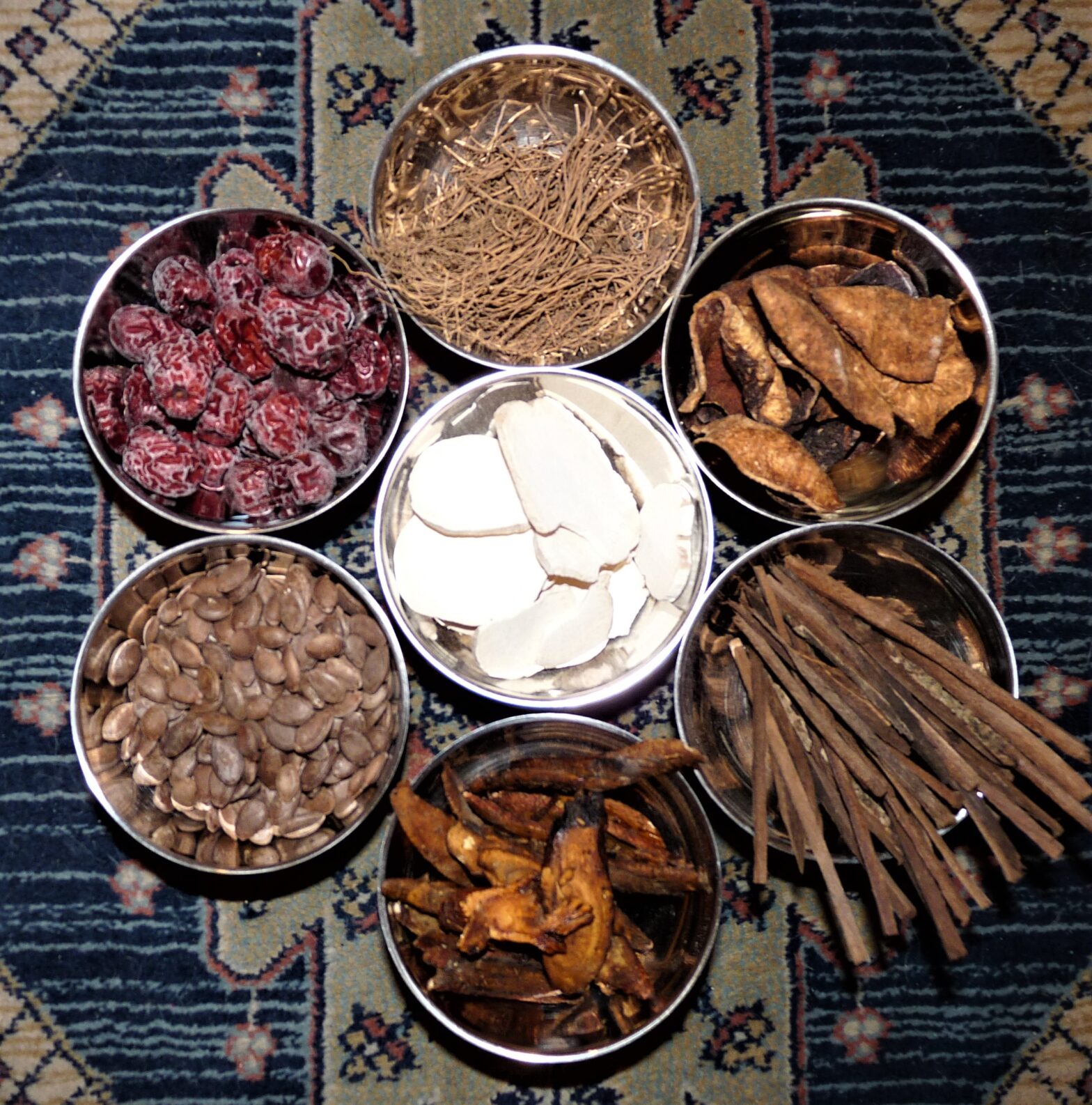Dry Needling or Acupuncture – What’s the Difference?

You’ve all heard the old saying: if it looks like a duck and walks like a duck and sounds like a duck … it’s a duck! Well I have to tell you that anyone doing dry needling uses acupuncture needles, just like an acupuncturist, and they insert the needles into various points on the human body, just like an acupuncturist, with the intention of generating therapeutic benefit, just like an acupuncturist does.
There is, however, at least one critical difference: the acupuncturist has had thousands of hours of clinical training and practice, whereas the training for dry needling is minimal. It is usually a massage therapist, physiotherapist or chiropractor doing the dry needling and often their initial training was one or two weekends.
 Of course there are theoretical differences between Dry Needling and Acupuncture, which we will examine below. But it turns out that Dry Needling theory is just one of the many theories of Chinese Medicine. And the reality of inserting an acupuncture needle into the human body, the physics and physiology of the process, is identical. The critical difference is: who’s driving the needle and how well trained are they?
Of course there are theoretical differences between Dry Needling and Acupuncture, which we will examine below. But it turns out that Dry Needling theory is just one of the many theories of Chinese Medicine. And the reality of inserting an acupuncture needle into the human body, the physics and physiology of the process, is identical. The critical difference is: who’s driving the needle and how well trained are they?
Dry Needling Theory

The term Dry Needling has been in use for around eighty years, but it was very different back then. Originally, hypodermic needles were used to inject various substances such as analgesics, saline solutions or corticosteroids. These substances were injected into particular areas of muscular tension known as Trigger Points or Myofacial Trigger Points. These trigger points were hypersensitive, often contracted and invariably painful when pressed.
After a while the early researchers found they could get the same benefits just from the insertion of the hypodermic needle, without actually injecting anything, hence the term Dry Needling. The next massive evolutionary step was the realisation that the whole process could be much less painful and equally beneficial if they discarded the hypodermic needle in favour of the much finer acupuncture needles. And lo and behold, Traditional Chinese acupuncture was discovered all over again!
In the current era the descriptor ‘dry needling’ has had a revival; it is a way to avoid advertising restrictions. Only those registered by the Australian Heath Practitioner Regulation Agency (AHPRA) are entitled to call themselves acupuncturists.
Comparable Acupuncture Theory

Chinese Acupuncture has many theories and frameworks. I have been told there are whole libraries of texts in China that have yet to be translated. But one of the oldest and most fundamental frameworks was the Theory of Channels and Points.
This understanding is likely to have come directly from generations of massage practice: the very human habit of rubbing the sore bits! Over many years, a framework of pathways on the four limbs were defined. These followed the natural grooves and the bony landmarks of the limbs. And along these pathways specific points were highlighted and became what are known today as the acupoints. Depending on your definition there are 360 – 400 of these channel related points.
However there is a subcategory of classical points known as Ashi (pronounced Ah-shirrr) points. This translates roughly as ‘anywhere that hurts’ and is identical to the dry needling definition of trigger points. Chinese Medicine doctors have been using their palpatory skills (exploring with the hands) and needling Ashi points for 2,000 years.
Modern Scientific Research
Of course, the language used by the ancient Chinese to describe their medical theories is archaic, but the physiological effects that we can describe today are identical.
Modern Scientific Research confirms that acupuncture treatment:
- has an anti-inflammatory effect
- enhances immunity and cellular function
- enhances blood circulation
- generates higher levels of oxygenation and nutrition to cells and tissues
- promotes more efficient elimination of carbon dioxide and reduces acidity
- produces natural pain relief
- enhances muscular relaxation
How Does Acupuncture Work?

A detailed explanation to this question can be found here. But simply put: when an acupuncture needle penetrates the skin anywhere on the human body, an immune response is initiated and there is an increase in local microcirculation around the needle. This occurs via the dilation of blood vessels and endorphine induced muscle tissue relaxation. Enhanced circulation allows the body to increase local levels of red and white blood cells, oxygen, phagocytes, T-cells and anti-inflammatory agents.
The Chinese Acupuncture Doctor

A modern Chinese Medicine acupuncturist draws on a broad range of medical principles that were first described by the ancient Chinese and developed over many centuries of practice. More importantly, they also have highly developed skills in acupuncture needling and a deep understanding of the bio-mechanics and the bio-electrical flow of the human body.
A trained Chinese Acupuncture doctor is able to treat far more than aches and pains. They understand the underlying organic causes of localised pain and can therefore direct their skills to complex organic dysfunction.
If you would like to make an appointment for acupuncture treatment at Shen Adelaide, either our Aldinga Beach or Adelaide city clinic, please
Book Here








 Of course there are theoretical differences between Dry Needling and Acupuncture, which we will examine below. But it turns out that Dry Needling theory is just one of the many theories of Chinese Medicine. And the reality of inserting an acupuncture needle into the human body, the physics and physiology of the process, is identical. The critical difference is: who’s driving the needle and
Of course there are theoretical differences between Dry Needling and Acupuncture, which we will examine below. But it turns out that Dry Needling theory is just one of the many theories of Chinese Medicine. And the reality of inserting an acupuncture needle into the human body, the physics and physiology of the process, is identical. The critical difference is: who’s driving the needle and 






